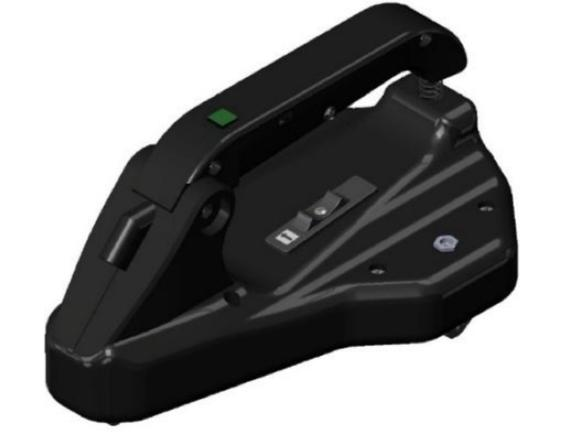A group of students and staff of the National Research Nuclear University MEPhI under the leadership of Candidate of Technical Sciences, Associate Professor Vitaly Surin has created a prototype of a unique automated portable device for detecting microcracks and other defects in metal surfaces using scanning contact potentiometry. The device is able to detect the smallest cracks, microscopic defects, corrosion zones and structural heterogeneities, including in hard-to-reach places of metal products and in small parts.

The device is based on the principle of potentiometry – an electric charge is transmitted to a section of the metal surface by a special probe, after which local changes in the contact potential between the sensitive probe and the metal surface are measured. Sudden changes in the electrical potential indicate surface defects. Data from the device is transmitted to the operator's computer via Bluetooth and the operator receives a ready-made two-dimensional potential distribution map, which clearly shows the detected deviations.
The scanning contact potentiometry method was developed and patented by the project's scientific supervisor Vitaly Surin; an international patent was obtained for the technique.
An important feature of the developed device is the ability to detect surface defects in complex-shaped parts: welds, pipe caps, housing elements and other critical components. The installation is of particular importance for the diagnosis of nuclear power plant equipment, where high-precision monitoring is required and where existing non-destructive testing methods cannot be used.
According to one of the developers of the device, student Egor Rybakov, alternative methods of monitoring metal surfaces are currently being used in industry – ultrasound, radiographic and capillary. However, the device offered at MEPhI has a number of advantages over existing devices on the market, primarily higher sensitivity to microcracks and the possibility of use in hard-to-reach places and a nuclear environment. The prototype device has already been tested on parts with real defects. In the near future, the device developers plan to create a line of device prototypes for use in various conditions.
The project was among the winners of the competition between the Ministry of Education and Science of the Russian Federation and the Student Startup Innovation Promotion Foundation.





